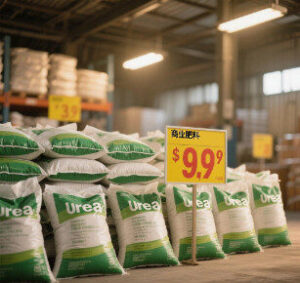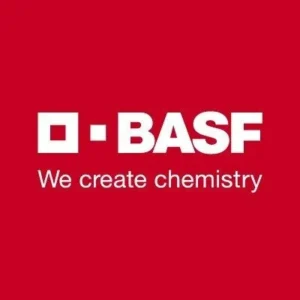India’s National Fertilizers Limited (NFL) has sparked market activity in the global urea trade with its latest import tender. The tender seeks 2 million metric tons of urea, to be split equally between east and west coast ports. Announced on August 16, the tender sets a bidding deadline of September 2, with validity extended until September 10, and requires that shipments be completed by October 31. Industry analysts and market participants are closely monitoring this development, anticipating potential price fluctuations and supply chain adjustments in major export regions such as China, the Middle East, and Southeast Asia.
Key Tender Details and Strategic Timing
The tender’s unprecedented volume, double that of typical NFL procurement, reflects India’s urgent need to bolster domestic fertilizer stocks before the upcoming agricultural season. The geographic allocation of 1 million tons to the east and west coasts aligns with India’s import logistics. The west coast primarily sources from the Middle East and Egypt, while the east coast relies on supplies from China and Southeast Asia. The compressed timeline, with less than three weeks between the announcement and the bidding deadline, highlights the government’s commitment to securing supplies and mitigating potential shortages.
Market Reaction: Price Hikes and Supplier Mobilization
“India’s large-scale tender acts as a catalyst for global price stabilization,” said Rajesh Sharma, an Argus Media analyst. “Suppliers will likely adjust FOB prices to secure these volumes, which could have a ripple effect through regional markets, especially in Southeast Asia, where local demand competes with export opportunities.”
China’s Role: Balancing Export Opportunities and Domestic Stability
China’s urea industry is at a critical juncture. Although the tender provides a lucrative outlet for its surplus production — 2025 inventories reached 541,000 tons in July — Beijing’s primary focus remains on ensuring domestic supply and price control. Officials have emphasized that export quotas will be managed dynamically to prevent domestic shortages, implying that regulatory interventions could be triggered by any significant price spike above ¥2,000 per ton. Market observers suggest that state-owned giants like Sinochem and Yuntianhua are well-positioned to dominate the bidding process, given their quota allocations and logistical advantages.
Global Supply Chain Implications
The NFL tender is expected to reshape short-term urea trade flows. As Middle Eastern and Chinese suppliers prioritize orders from India, other import-dependent regions, such as Brazil and Africa, may experience temporary supply shortages, which could lead to higher local prices. Additionally, Southeast Asian exporters, who are already dealing with domestic demand issues, must consider the profitability of serving the Indian market versus servicing their own farmers.
India’s Self-Sufficiency Ambitions vs. Immediate Needs
Contrary to India’s ambitious goal of achieving urea self-sufficiency by the end of 2025, this tender indicates a continued reliance on imports to make up for shortfalls. Although the government is expanding domestic production by reviving closed plants (e.g., Talcher and Ramagundam) and promoting organic fertilizers through the Paramparagat Krishi Vikas Yojana program, seasonal demand peaks and logistical challenges remain. Market analysts predict India will maintain its status as a key urea importer, influencing global pricing dynamics.
Risks and Key Watchpoints
- Tender Outcome Uncertainty: Final volumes, winning bids, and supplier allocations will dictate price movement. Unexpectedly low Chinese participation could weaken price support.
- Policy Interventions:India may introduce import subsidies or accelerate incentives for domestic production, while China could tighten quotas if domestic prices surge.
- Seasonal Demand Execution: India’s ability to distribute and consume imported urea within the October shipment window will affect post-tender inventories.
- Geopolitical factors: Tensions in the Middle East or shipping disruptions could complicate supply chains.
Conclusion
The NFL’s 2 million-ton urea tender is a pivotal event in the global fertilizer market. It offers a lifeline to exporters who are struggling with oversupply and addresses India’s critical agricultural needs. As the bidding process progresses, market participants will closely monitor the results to predict future price trends and supply chain adjustments. India’s balancing act between self-sufficiency ambitions and its current reliance on imports remains a defining theme for the urea industry.









